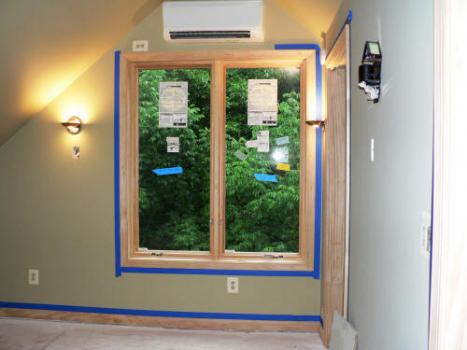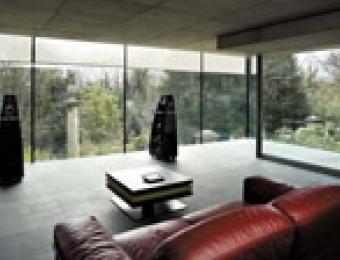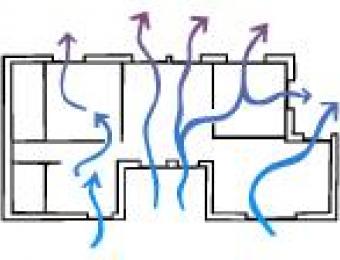
Most of the time, home theatre design focuses on restricting how light and sound enter and exit the room. As a result, home theatres are normally very tightly sealed rooms. Although windows are required in all rooms in a new home, in most cases mechanical ventilation is a more suitable option than natural ventilation.
Why is ventilation required?
Changes to the building code in 2010 mean that every room in new homes is required to feature a certain amount of window space, so as to prevent what's known as 'sick building syndrome'. Sick building syndrome occurs when a house (or a room) doesn't have enough access to natural light or fresh air, and this syndrome can be the cause of serious illness for the home's occupants. Under the current legislation, all rooms must feature windows whose area is not less than 10% of the total floor space.
In home theatres, this creates a bit of an issue - mostly because people just don't want windows in their home cinemas! As well as letting in unwanted light, they're also fairly poor in terms of their soundproofing abilities. Likewise, when home cinemas are being used, these windows are likely to be firmly shut and will offer no ventilation at all.
What's the alternative?
Of course, while you're sitting in your home theatre, you're still going to need some sort of ventilation. Air in an otherwise well-sealed room can get stuffy, and if you have high-powered audio and video hardware, it's likely to generate a considerable amount of heat.
The ideal ventilation system for a home theatre is mechanical ventilation in the form of a ducted heating and cooling system.
What about noise?
The biggest issue with ventilation is noise. Noise is created by movement - and the faster air moves, the more noise it will create. The best way to reduce the noise created by a ducted climate control system is to strategically add more vents around the room. This will allow the same amount of air to be circulated, without having it all forced out of a limited number of ducts.
Ventilation for audio and video hardware
In addition to your own comfort and wellbeing, it's also important to take into account the health of your gear. Maintaining the temperature inside equipment racks is critical to the proper functioning and survival of the circuits. There are two airflows in a thermal system: how the heat travels through the rack and how the heat moves throughout the room. The interaction between them is important and must be considered. Depending on your equipment, you may also need a dedicated ventilation system for your hardware.
For digital equipment, the room itself should be about 24°C. This gives a 5°C temperature difference between the room and the recommended 29°C internal rack temperature for optimum equipment life. Additionally the cooler the room, the fewer fans or vents you need on your equipment rack.





